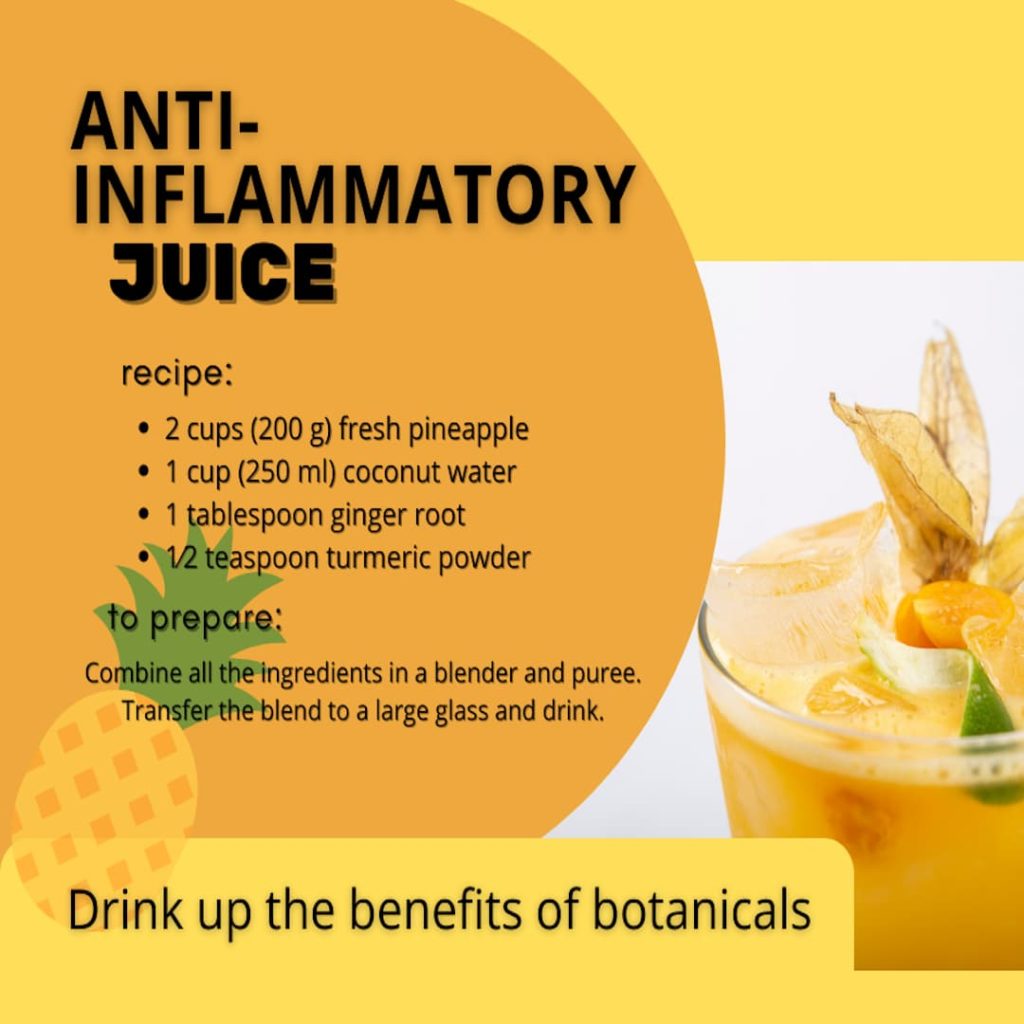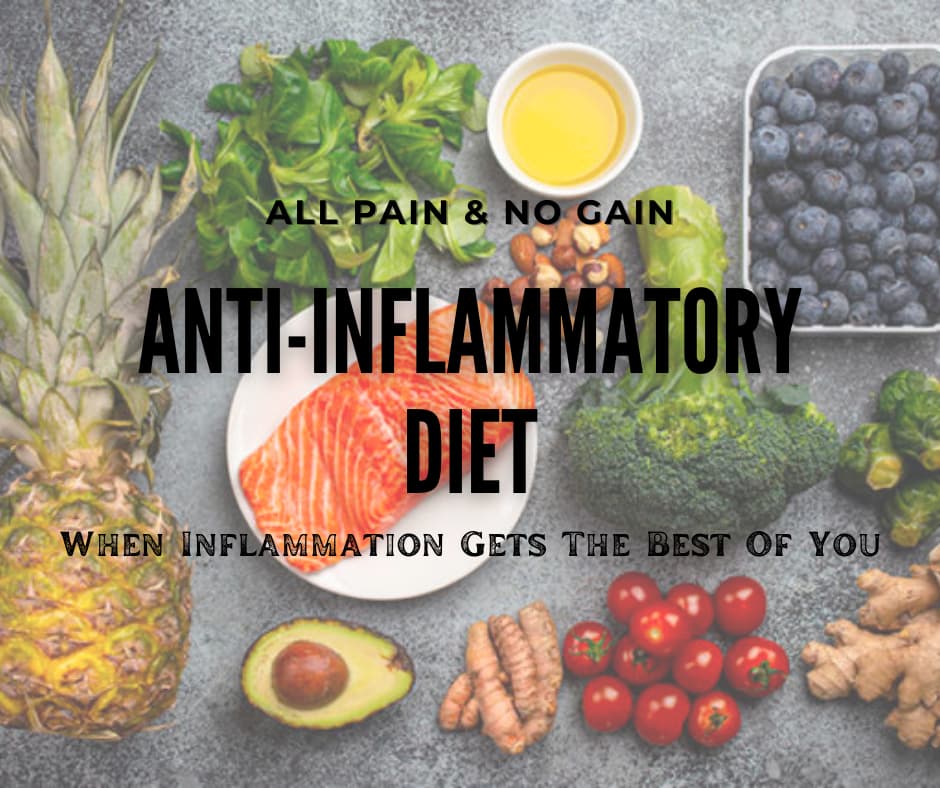When Inflammation Gets the Best of You.
a nutrition series by Michelle Chappel
After suffering from a recent flare-up of back pain I started thinking about inflammation and how prevalent it is in the CrossFit world. As active people, we’re no strangers to pain, injury, and inflammation. It’s a double-edged sword. If you don’t move you can become stiff and tight, leading to long-term pain, but if you use your body and are active it can result in “overworking it” and pain. Some might say you can’t win. I disagree. Although, I’ll admit when my back was acting up and I wasn’t able to do the activities I enjoy, let alone sit in a chair without pain, I started to think the worst.
“Is this it?” “Am I that old now?” Well maybe, but it doesn’t mean I’m done. It just might mean it’s time to start taking better care of myself, and where does a nutritionist start? Diet!
The thing with inflammation is that there are SO many factors that contribute to it: stress, sleep, movement, toxins/pollutants, quality of diet…you name it and it contributes to inflammation. This is why when we injure ourselves it sometimes creates a bigger, more chronic problem. We’re already piling it onto all the other factors of life. And let me tell you when your body is in pain, you often feel crummy and defeated. It’s this emotional response that then feeds back into the cycle of inflammation. It’s like a carnival ride you can’t get off, and not the fun kind, the I’m going to yack if I don’t get off this ride right now kind…… Right, so what can we do? Our best defense is to maintain a healthy lifestyle and diet.
You all have probably heard of an Anti-inflammatory diet or maybe even picked up a book on it. The concept is simple: eat a balanced diet. One that includes a wide range of healthy food and contains lots of key nutrients your body needs to function properly. A diet like this contains lots of plants, whole grains, colorful vegetables, and healthy fats as well as lean meat and fish. Are you still struggling to picture it? Imagine a plate filled with pistachio-crusted salmon, brown rice with lentils, and a pile of steamed broccoli. It’s that simple.
One of the most studied diets is an anti-inflammatory diet, the Mediterranean diet. The Mediterranean diet has been found to improve cardiovascular health, reduce the risk of dyslipidemia, hypertension, metabolic syndrome, and diabetes, as well as reduce age-related cognitive dysfunction and lower the incidence of Alzheimer’s disease. (1) Why is this diet so effective? Some key takeaways from this diet are: it includes quality omega 3 fatty acids from fish, nuts, and seeds. It incorporates colorful polyphenols and antioxidants. Includes foods that help with the detox pathways, such as cruciferous vegetables, garlic, and onions. Contains foods rich in vitamin C and selenium such as brown rice, cottage cheese, and Brazil nuts. While also includes regular use of key herbs and spices such as turmeric, ginger, and green tea.
Eating a balanced diet containing high amounts of these key nutrients and limiting your consumption of processed foods, refined sugar, trans fats, and red meat can make a significant difference. However, there are other ways to help reduce inflammation as well. Such as in the way you cook your meat. Think low and slow. High heat, grilling & browning creates something called advanced glycation end products or AGEs. AGEs occur naturally in some foods but also develop during the cooking process when the sugars react with proteins or fat. Cooking food in water by boiling, steaming, or poaching help to reduce the formation of AGEs. Marinating food in citrus or vinegar rather than using marinades that contain high amounts of sugar also helps to reduce the reaction that causes AGEs. (2-3)
Ok, you’re eating a healthy diet, reducing your overall inflammatory state, but you still get injured. How can you then bring down some of that inflammation and pain you’re experiencing? Here are a few things you can do to help with acute pain:
- Hydrate! Water is 99% of the time the right answer. Proper hydration helps to keep your cells fluid, your joints moving and your pain receptors calm.
- Eat lots of pineapples. Pineapple contains the proteolytic enzyme bromelain which helps to bring down inflammation and reduce pain. (4)
- Turmeric. Make everything yellow! Seriously be careful if you are not used to using turmeric, it’s very yellow and can easily stain. But it’s so worth it. Turmeric has been used to reduce inflammation for thousands of years. (5)
- Capsicum, the active compound in chili peppers, when applied topically as an ointment or cream can temporarily decrease pain and neuropathy. Love me some Tiger Balm. (4)
- Switch to extra virgin olive oil. Or take a spoonful here and there. Olive oil contains oleocanthal which has been found to have a similar effect to ibuprofen in reducing pain. (6)
- Get outside into the sunshine. Even better go for an easy walk in the sunshine. Easy movement with help you stay loose. Plus it’ll get those endorphins flowing again. The sunshine is just as important though. Numerous studies have linked low levels of vitamin D to chronic pain and increased inflammation. (7) Sunlight is the best source of vitamin D. However, beef liver, herring, salmon, sardines, fortified milk, and juice are a few food sources to boost vitamin D status.
- Haven’t had your vitamin D levels checked recently? Be sure to ask at your next physical, we live in the Northeast, and you may need to be supplementing.

Pain is a big deal. I get it. It’s not fun. It can bring you down and change your life if left unmanaged. If you’re experiencing chronic pain and inflammation there are simple ways to help get things going in the right direction. It may take a team of the right people. You’re in luck though, you belong to a team, and the community at EverProven is there to help. I’m happy to chat with anyone about ways to improve your quality of life through nutrition.
Come find me, I’m usually hiding in the back.
References:
1. M. Guasch-Ferre, W.C. Willett. The Mediterranean diet and health: a comprehensive overview. Journal of Internal Medicine, 2021, 290;549-566.
2. Uribarri J, Woodruff S, Goodman S, et al. Advanced glycation end products in foods and a practical guide to their reduction in the diet. J Am Diet Assoc. 2010;110(6):911-916.e12. doi:10.1016/ j.jada.2010.03.018.
3. Aldini G, Vistoli G, Stefek M, et al. Molecular strategies to prevent, inhibit, and degrade advanced glycoxidation and advanced lipoxidation end products. Free Radic Res. 2013;47 Suppl 1:93-137. doi:10.3109/10715762.2013.792926.
4. Schulz V. Hansel R. Blumenthal M and Tyler V.E. Rational Phytotherapy A Reference Guide for Physicians and Pharmacists. 5th edition. Springer. 2004.
5. Hewlings, Susan J, and Douglas S Kalman. “Curcumin: A Review of Its Effects on Human Health.” Foods (Basel, Switzerland) vol. 6,10 92. 22 Oct. 2017, doi:10.3390/foods6100092
6. Lucas, Lisa et al. “Molecular mechanisms of inflammation. Anti-inflammatory benefits of virgin olive oil and the phenolic compound oleocanthal.” Current pharmaceutical design vol. 17,8 (2011): 754-68.
7. Maria Helde-Frankling and Linda Bjorkhem-Bergman. Vitamin D in Pain Management. International Journal of Molecular Sciences. 2017, 18, 2170

